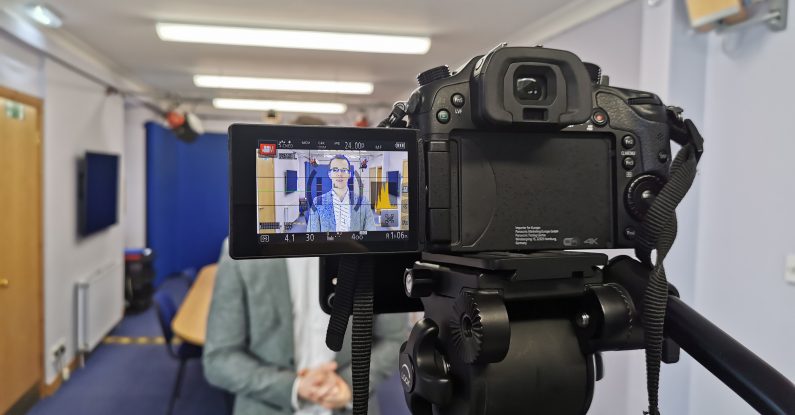
When was the last time you considered how you’re using your voice?
We use it every day of our lives to communicate our ideas and emotions.
The problem is that the emotions can take over.
Our sentences trail off at the end, we speak too quickly and we become monotone.
And the message we want to get across fails to make an impact.
We deal with all of this in our voice coaching courses.
But how do we take control of our voice while we’re presenting to a room?
It’s about understanding the power of the three dials.
Read on.
Imagine your voice is an amplifier.
It’s got three big dials.
These are volume, pace, and tone.
Understanding how and when to twist them makes all the difference.
Let’s explore each of the dials in turn.
This one’s the most obvious.
We all remember being told to speak loudly enough that someone at the back hears you.
The trouble with volume often comes with learning how to project.
By that I mean: speaking loudly enough without hurting your throat.
The sound comes from our vocal cords.
The power to project comes from our diaphragm (just below your ribs).
When we attempt to push from our lungs, that’s where we run into problems.
Your throat will begin to wear out, and you’ll end the day in need of a hot tea.
Or worse still, you’ll have an on-stage coughing fit like former Prime Minister Theresa May.
The first dial of using your voice is volume, and we’ve got to turn it up.
Mastering how to project goes hand in hand with it.
This is the dial which trips most people up.
It’s all to do with how quickly we speak.
When the pressure rises, the first casualty is often the pace.
And we begin talking far too quickly.
Perhaps it’s an awkward question that’s put us on the spot, or a tense environment in a meeting.
We’ve got to turn the pace dial right down.
Three words a second is the goal to aim for.
If you read this sentence out loud at the correct pace, it should take you roughly six seconds.
Was it quicker than that? Then slow down.
The benefits of a measured pace are crystal clear.
All the more reason to keep that dial low.
Our third dial is tone.
It’s the aspect of your voice which convinces and engages an audience.
It’s arguably the most important of the three.
And this dial needs to constantly move.
If it stays in the same spot, it becomes monotone.
Robotic and boring.
And an audience quickly loses interest and switches off.
If you imagine your voice is a piano, you want to be playing as many keys as possible.
Most people stick to the middle notes.
We’d urge you to stretch out your vocals to the lower and higher registers.
You’ll sound more interesting as a result.
And an audience will maintain their interest in you.
Want to see an example of someone using these dials really well?
Watch this two-minute segment from Steve Jobs’ hour-long presentation of the iPhone in 2007.
And pay attention to his volume, pace, and tone.
It’s an excellent presentation.
And that’s how these three dials can be turned effectively.
Understanding how you’re using your voice is vital in communication generally.
Whether it’s the speed of a pitch to the board.
The volume of a one-to-one meeting.
Or indeed the tone you use with family members.
Each dial sends a message to the audience.
Knowing how to use them can make all the difference.
If you believe the way you’re using your voice can improve, email us.
We’d be delighted to help build your skills and your confidence.
Colin Stone is Communications Lead at Pink Elephant.
He leads our Voice Coaching courses.
You can read more about him here.
Photos in Using your voice blog by Pink Elephant.
Using your voice blog edited by Andrew McFarlan.
Some media trainers knock you down…and leave you down. Our media coaches show you how to deal with each knock…and still win through. So you have the presentation skills to perform – with confidence.